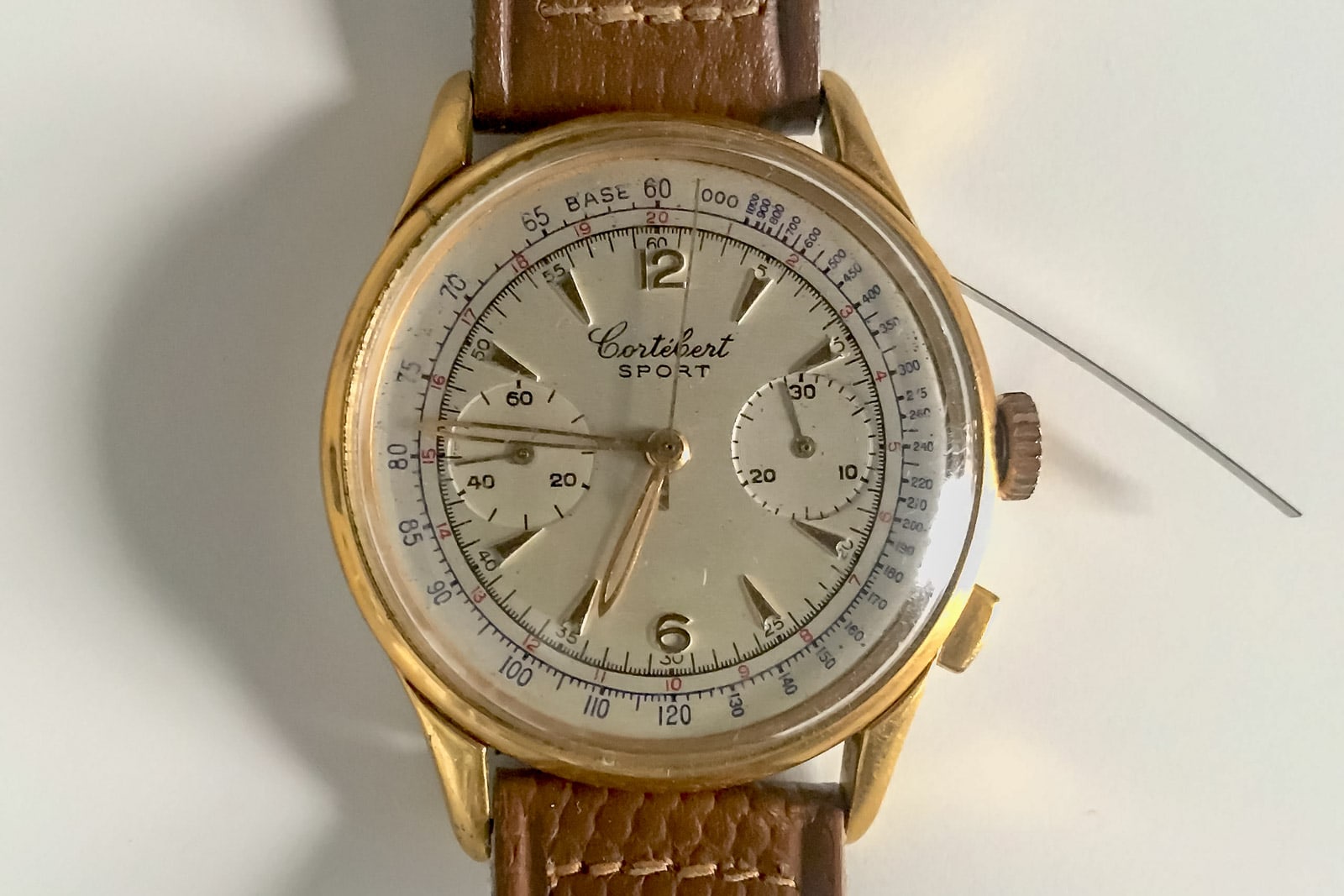Russiske klokker har ingen mystisk urverk en god urmaker kan ikke jobbe på.
Jeg tror at det er mer sånn at en del urmakere tenker på at disse er ikke verdt tiden de skal bruke på.
Sannheten er at disse urverk stammer fra Amerikansk og Sveitsisk teknologi.
Litt å lese der
"
Collectors Weekly: How did the Soviet Union become a watchmaking powerhouse?
Oatman-Stanford: In the early 20th century,
pocket watches were in high demand and vital for many professions.
You couldn’t run a railway or manage an army or keep track of a navy without a reliable and consistent timepiece.
So demand was growing, and shortly after the Soviet government was established in 1922, its leadership decided the country needed its own watchmaking industry, since this technology was the way of the future.
But the government knew they needed a leg up: They didn’t have the infrastructure many Western nations had.
The Swiss were decades ahead, and Americans had a great head start with their watchmaking businesses.
So the Soviet state decided to buy two defunct American brands—the Dueber-Hampden Watch Company and the Ansonia Clock Company. That sale was completed in 1930.
At the time, Americans placed little value in these companies, which had gone bankrupt due to their reliance on older machinery.
I think the debt-holders just saw an opportunity to get a dollar and took it.
Three Soviets traveled to Canton, Ohio, where these two companies were based, to pack up all the manufacturing equipment, leftover watch movements, and pieces to ship back to Russia.
Twenty-one former Dueber-Hampden employees from Ohio sailed with them to help set up this new facility in Russia, which was aptly named the First State Watch Factory.
They began making 7- and 15-jewel pocket-watch movements made with parts from Ohio.
The Soviets changed all the lettering to Cyrillic to signify their new ownership, and there were slight design modifications, all very minor. Starting around 1935, they began taking ownership a bit more, using different insignias that said “First State Watch Factory,” and as the years progressed, they began customizing their pocket watches to be a bit more Soviet-specific."
Though it's hard to believe, there once was a time when workers in the Rust Belt were delighted to have their jobs—and themselves—shipped overseas. Sh...

www.collectorsweekly.com
Det samme med Molnija som kjøpt igjen maskinene fra Cortébert.
Cortébert solgt også deler av urverk til Rolex som modifiserte de og brukte de i kassene de produserte for Panerai sine militære klokker.
"
A brief history of Cortébert
Cortébert was a company of great importance in the past indeed.
It was Abraham-Louis Juillard who already in 1790 opened his small watchmaking store in the little village of
Cortébert, Switzerland.
While this year is commonly used as the date of founding, it was only in 1855 that the brand Cortébert was registered.
Cortébert became one of the most desirable premium watchmakers and produced an extensive range of own calibers.
They became well known for their railroad watches, which were sold throughout Europe.
Cortébert helped to establish the watch industry in Russia by selling machinery and technical advice.
The Cortébert pocket watch caliber 616 was produced in Russia, and became well knows as the ‘Molnija’. Production of this caliber was only ceased in 2014.
In fascist Italy (were Mussolini rejected foreign brand names) Cortébert distributed their railroad watches under the brand name ‘Perseo’.
Perseo still exists today as an independent Italian brand.
In the early 1970’s, Cortébert couldn’t keep up with the quartz revolution. It had to close its doors and stopped production completely."
https://www.fratellowatches.com/wp-content/uploads/2018/09/cortebert-sport-chronograph-4-1.jpg
You Asked Us: Is it worth to have my Cortébert Sport Chronograph repaired with an original pusher? Author Gerard answers this question.

www.fratellowatches.com













